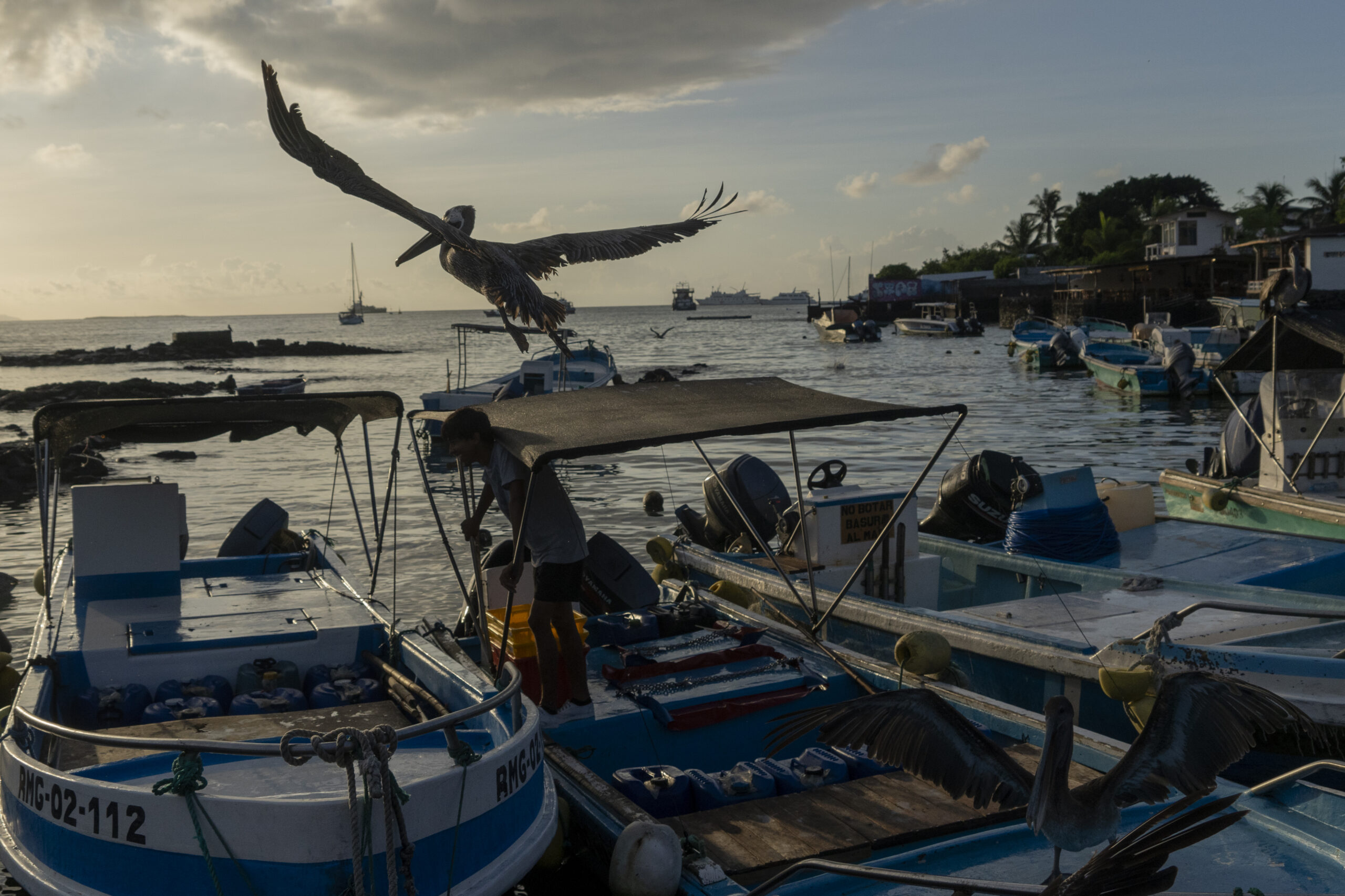Historically, the Galapagos Islands have been used for studies in a variety offields. However, when we talk about climate change and its repercussions on ecosystems, population, and infrastructure of the islands, little is known.
Homero Paltán, Fátima Benítez and Carlos Mena, members of the Institute of Geography of the Universidad San Francisco de Quito and researchers from the Galapagos Science Center, together with members of the Research Group on Biodiversity, Environment and Health of the Universidad de las Americas, proposed to analyze the existing climatological data. This would allow them to create a baseline of the current and future climatic conditions of the Galapagos Islands, in conjunction with a diagnosis of the change in sea surface temperature.
GSC meteorological station located in the highlands of San Cristobal
Through their research they were able to conclude that:
- The rainy season on the islands is currently about 20 days behind compared to a couple of decades ago
- In the last decades, the temperatures of the islands have already increased by 0.6oC
- Since the year 2000, the sea surface temperature has increased by 1.2 oC
- By mid-century, island temperatures could rise by as much as 2.2oC
- Storms and downpours could intensify in the future on the islands
“There are still several climatic uncertainties in the islands, which is why it is important to improve the implementation of decision frameworks based on uncertainty and expand the network of instruments that allow recording temperature, water levels, rainfall and other hydrological variables as this will allow better planning within key sectors such as agriculture, tourism and population growth” said Paltán.
This research confirms that knowing the different trends of climate change is of utmost importance as it will help us better understand the deterioration or conservation of marine resources, the stability of ecosystems, the availability of food and water, the occurrence of disasters such as floods, droughts or rising sea levels, and even the proliferation of invasive species.
The findings of our researchers expose the need to begin to promote resilience and generate policies that allow us to adapt to climate change and be prepared to face it.
The analyses were carried out based on climate projections from various international models and on existing hydrometeorological records, especially from Santa Cruz and San Cristóbal Islands, as well as products from international climate repositories and satellite observations.







